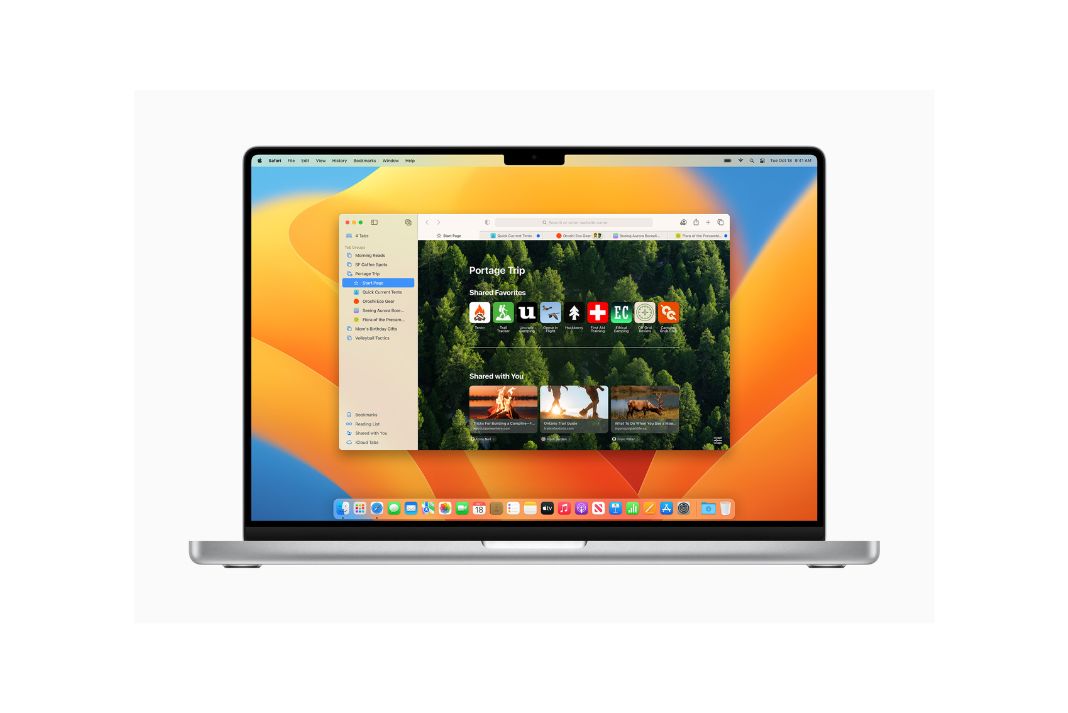Are you facing issues with your iPhone’s continuity camera after updating to macOS Ventura? The Apple community forum is receiving many questions from users about the continuity camera. So it’s safe to assume that it’s a common problem and that your iPhone is not the only one acting out. One user says after updating to mac Ventura on their mac studio, they updated the iOS 16.1 after which the continuity camera refuses to work.
They have tried a few ways to solve the problem by turning the continuity camera on and off. Further, they have tried signing out of the cloud on both mac and iPhone but still could not crack it. So here’s what some tech experts suggested on the forum and you can try and solve your problem.
Method 1: Use iPhone as a webcam on your macOS Ventura

Apple says that with their continuity camera, one can use their iPhone as their mac’s webcam or microphone. Furthermore, they can take advantage of their iPhone camera as well as the additional video effects. Connect it wirelessly or with a USB cable for a wired connection.
Before using the continuity camera feature, do the following:
- Check if your mac has the latest update of the software macOS Ventura and iPhone has iOS 16.
- Now sign in to both your iOS devices using your Apple ID.
- Ensure your devices meet all system requirements which you can check from the Apple support page.
- Then mount your iPhone and follow the steps of the continuity camera as discussed below.
How to use your iPhone as a webcam or microphone?
- Open any application on your mac that has access to a camera or microphone such as FaceTime or Photo Booth.
- Then from the application’s menu bar or settings, select your iPhone as the camera or microphone. When you do this, the continuity app automatically opens on your iPhone and starts capturing audio and video from the rear camera.
Further, you can do any of the following:
- You can pause the video or audio by tapping pause or swiping up to unlock it.
- Resume the video or audio by tapping the resume or side button or the sleep/wake button to lock it.
- Now stop using your iPhone as a webcam or microphone by quitting the app.
- Also, remove your iPhone as an option by clicking on disconnect. This will remove your iPhone from the camera and microphone lists in apps as well as from the list of sound input devices in sound settings.
- You can add your iPhone back by connecting it to your mac with the help of a USB cable.
- Furthermore, you can use a USB cable if you need to charge your iPhone while keeping the continuity camera on.
Method 2: Connect macOS Ventura with Continuity Camera With USB cable
If the above-mentioned method did not work for you, follow these steps:
- Connect your iPhone to your mac using a USB cable and check again.
- If your phone is already connected to your mac, then disconnect and reconnect it.
- Check your iPhone for the following:
- If it’s an iPhone XR or later.
- The continuity camera is turned on in settings, then click on General, Airplay, and then hand off.
- If your iPhone identifies your mac as a trusted computer.
- Check whether your iPhone and mac have Wi-Fi, Bluetooth, and two-factor authentication enabled.
- Make sure both your iOS devices are signed in with the same Apple ID.
- Keep both your iPhone and Mac within 30 feet of each other.
- Also, check that your iPhone and Mac are not sharing their cellular connection with any other device.
Conclusion
Another way is to boot your mac into safe mode and check if the problem is solved. To do that you need to verify your startup disk and let it try to repair directory issues. The load will only need kernel extensions that prevent third-party extensions from loading. Furthermore, it can prevent start-up items and log-in items from opening automatically and disable user-installed fonts. In addition, you can delete font caches, kernel caches, and other system caches.






































